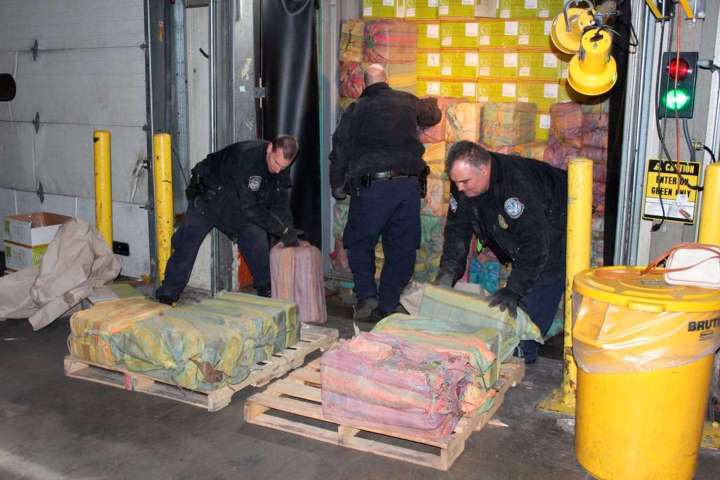For decades after Congress passed the 1986 Anti-Drug Abuse Act, one ratio illustrated the unfairness of the criminal justice system: 100 to 1. This ratio denoted the amount of powder cocaine that triggered mandatory minimum sentences, relative to crack cocaine. Distributing 500 grams of powder resulted in a five-year sentence — the same sentence for distributing a mere 5 grams of crack. This fueled racial disparities in sentencing, because Black Americans were disproportionately likely to be convicted of crack-related crimes.
The powder vs. crack cocaine disparity still exists, and it’s still unfair

The 2010 Fair Sentencing Act reduced this disparity to 18 to 1, and the 2018 First Step Act made the change retroactive. This was an improvement, but the ratio still remained highly, and unreasonably, lopsided. Congress should finally bring the law into a sensible balance.
Crack and powder cocaine are essentially two forms of the same substance. Crack, a version of the drug that has been mixed with water and often baking soda, is smoked rather than snorted or injected. Though studies suggest White and Hispanic people have historically made up a majority of crack users, the drug has stereotypically been associated with Black communities, likely contributing to uneven enforcement: In 2019, 81 percent of those convicted on crack trafficking charges were Black and just 5.3 percent were White.
These facts inspired Congress’s previous reform efforts — and a new bill, the Equal Act, which was originally sponsored by Sens. Cory Booker (D-N.J.) and Richard J. Durbin (D-Ill.) in the Senate and Reps. Hakeem Jeffries (D-N.Y.), Robert C. “Bobby” Scott (D-Va.), Kelly Armstrong (R-N.D.) and Don Bacon (R-Neb.) in the House. The bill — which is backed by a number of law enforcement groups — would eliminate the powder vs. crack disparity, and it would apply retroactively, meaning currently incarcerated people would be eligible for reduced sentencing. It passed the House last year by 361 votes to 66, a massive bipartisan victory in a deeply divided body. It is now being considered in the Senate, where it has 21 co-sponsors — including 11 Republicans.
But the measure has stalled over concerns that Republicans could push for divisive amendments. Meanwhile, Sen. Charles E. Grassley (Iowa), the ranking Republican on the Judiciary Committee, has sponsored a separate bill that would reduce the disparity to 2.5 to 1. Proponents of this ratio argue that, if used as intended, crack is faster-acting and results in more intense, albeit shorter, highs. Not only would Mr. Grassley’s proposal preserve a powder vs. crack cocaine disparity, but it would achieve its 2.5-to-1 ratio in part by becoming more punitive on powder — something there is little appetite for, both in Congress and among the public.
As the Senate juggles a number of measures ahead of November’s midterm elections, advocates worry that the window for action is closing. Democrats should continue to push for the Equal Act — but also be open to compromise if necessary. A possible middle ground might involve a 2.5-to-1 ratio, achieved entirely by increasing the quantities of crack that trigger mandatory minimums. This ratio could be further reduced or brought to parity in the future, and a deal could be supplemented with funding for research on the addictiveness and deadliness of these substances, as Mr. Grassley has pushed for.
With thousands of people currently serving manifestly unjust sentences, lawmakers must not squander this opportunity for popular, common-sense and humane reform.






